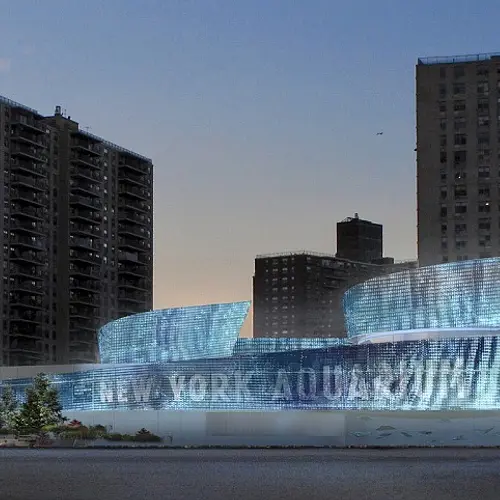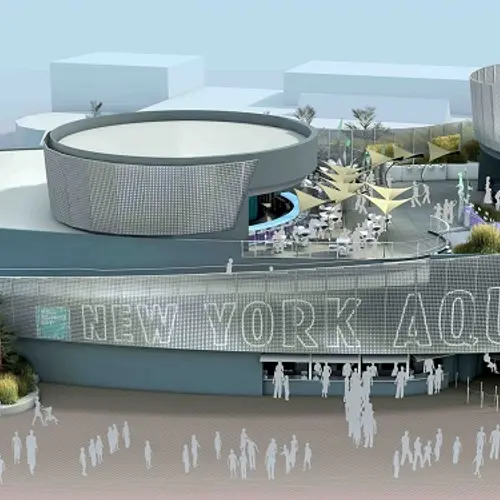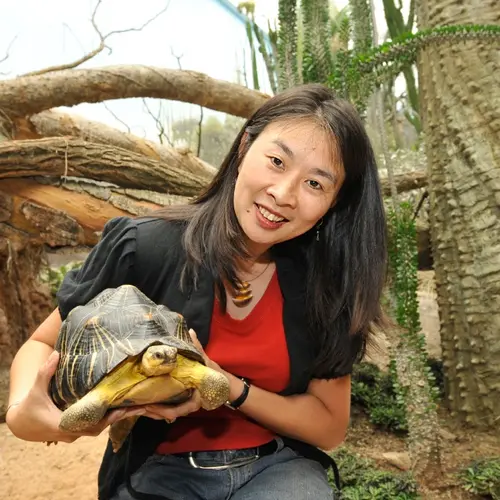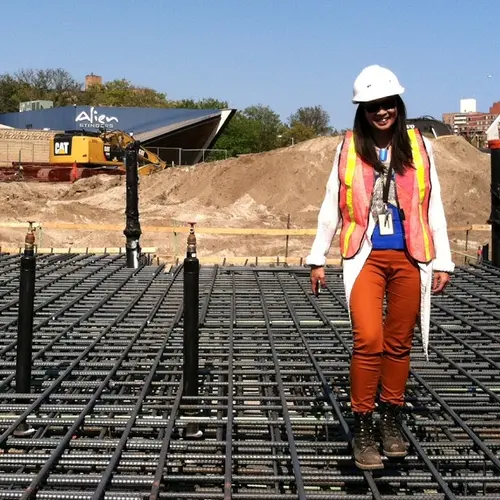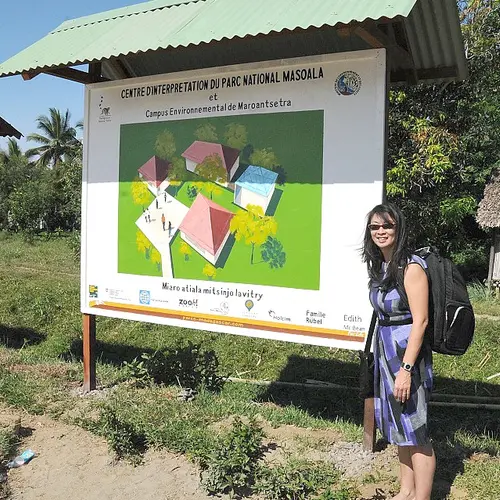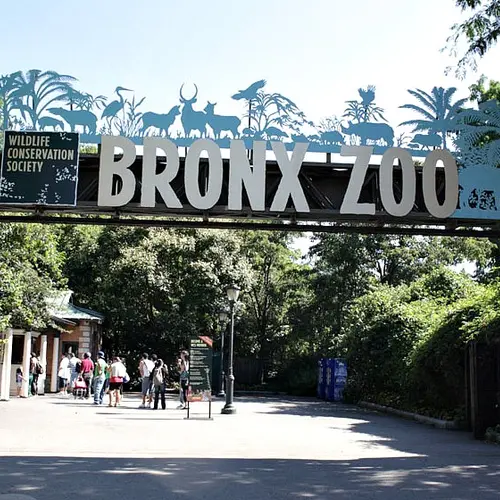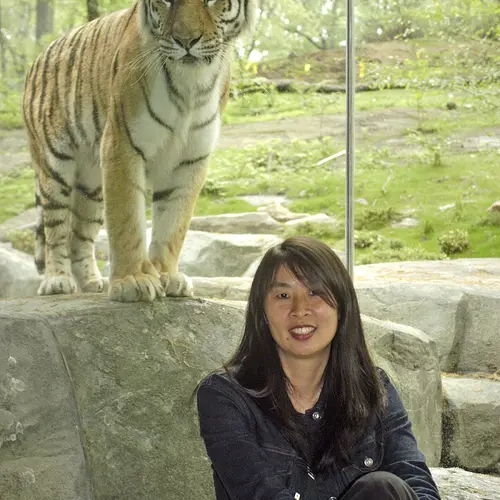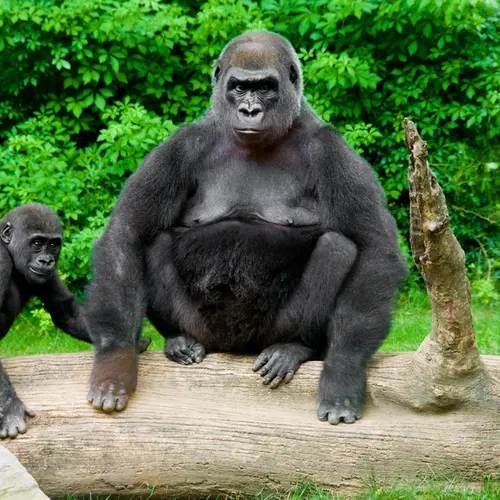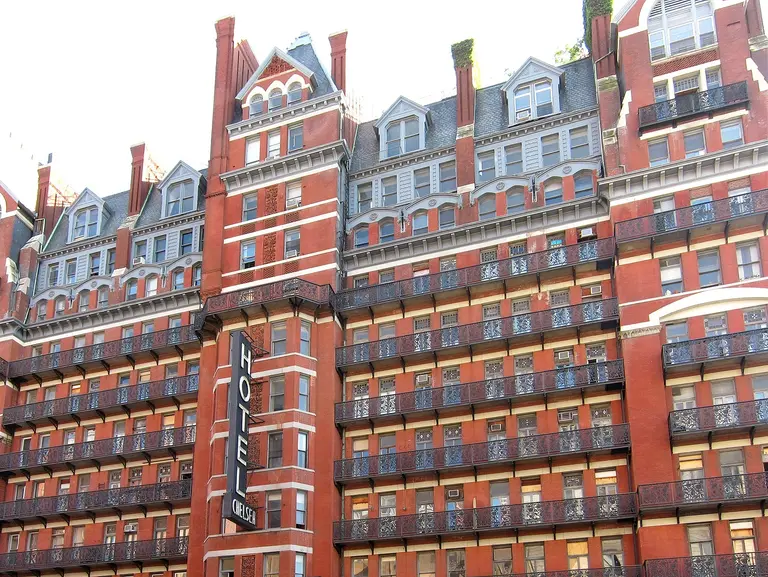New Yorker Spotlight: Sue Chin on Designing for a Very Different Type of Client at the Wildlife Conservation Society
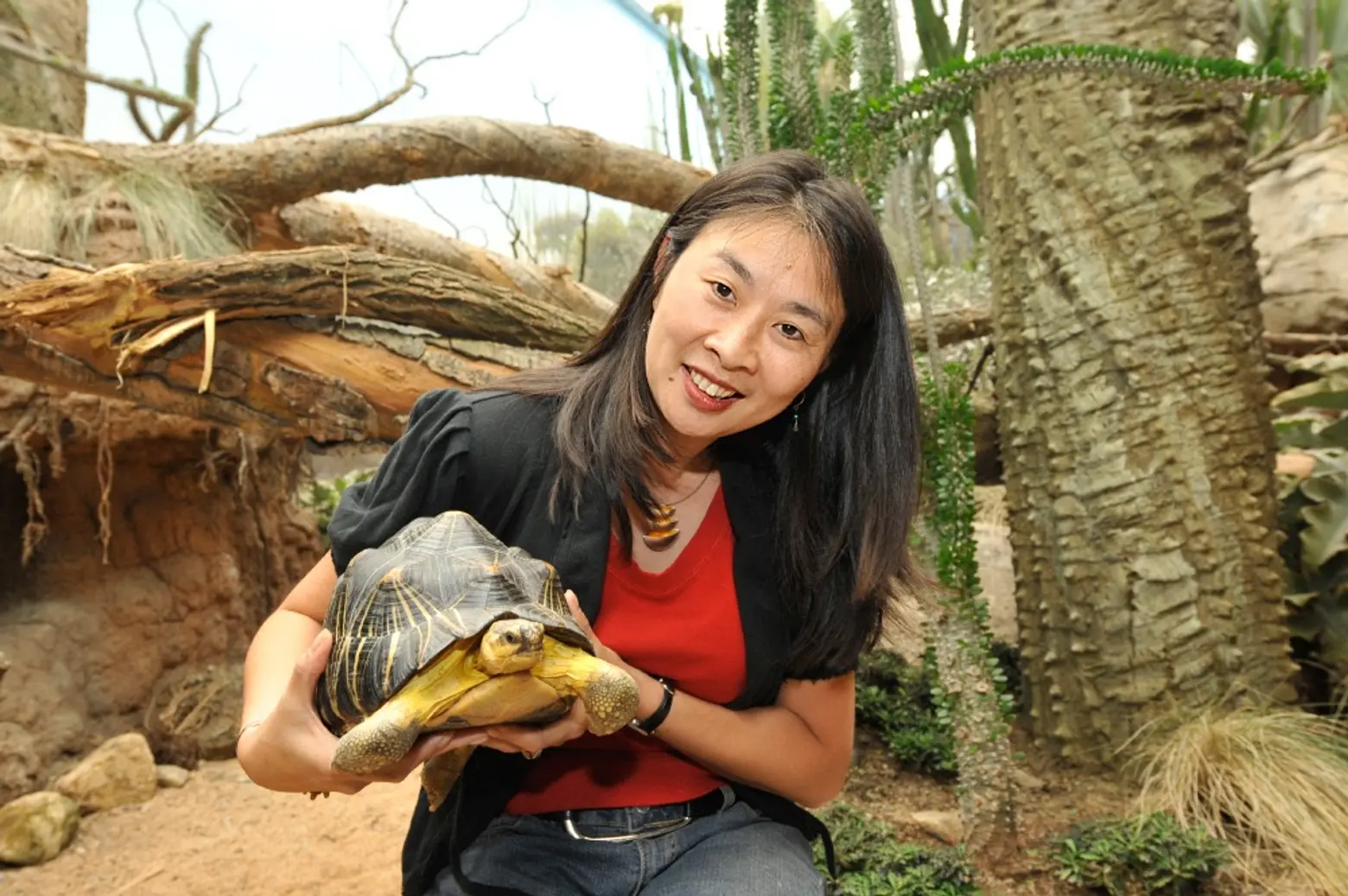
Susan (Sue) A. Chin, FAIA is an architect and designer with a very different type of clientele. Currently, her roster includes tigers, gorillas, and sharks, all of whom have very specific design needs. As the Vice President of Planning & Design and Chief Architect at the Wildlife Conservation Society (WCS), Sue oversees the architectural and design needs of the Society’s zoos and parks (Bronx Zoo, New York Aquarium, Central Park Zoo, Prospect Park Zoo, and Queens Zoo), as well as their conservation work around the globe. The organization currently has about 500 projects in 65 countries, which means her work is showcased as far away as Madagascar.
6sqft recently spoke with Sue about WCS, how she got into the field as a teenager, her clients (both human and non), and the exciting new exhibit under construction at the New York Aquarium in Coney Island.
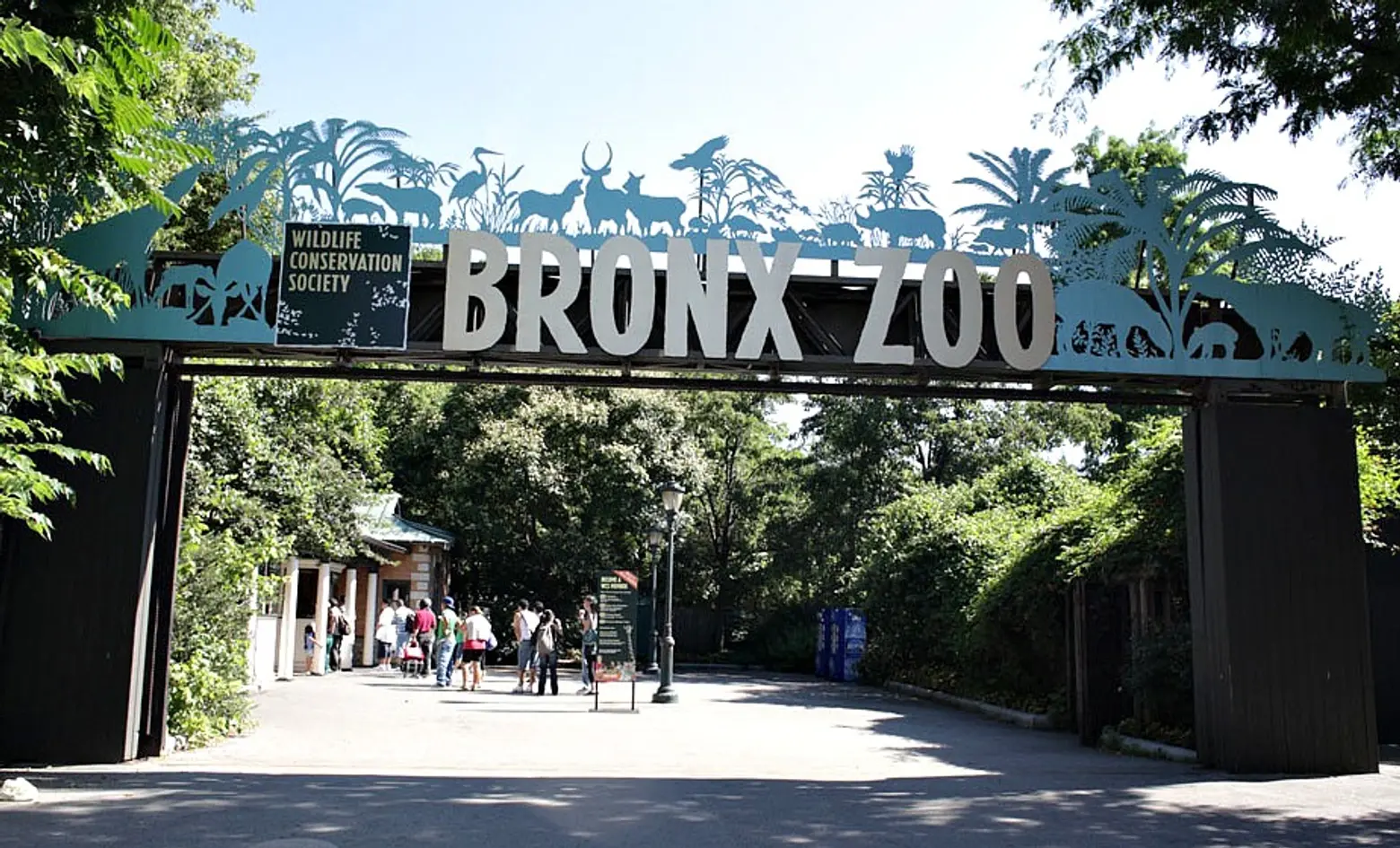
photo credit: ccho via photopin cc
When you were training to be an architect, did you ever envision working for the Wildlife Conservation Society, planning and designing for zoos and an aquarium?
Sue: It’s kind of a unique story. I’ve been with the organization since I was 16. I started as a summer intern, and it’s one of those things where I never thought I would end up here, but here I am. I came to WCS through the Bronx Zoo because I grew up in the borough. I went to the Bronx High School of Science, and they were recruiting people to work here. It was my introduction to the world of wildlife and to understanding conservation issues.
My two high school electives at Bronx Science were Animal Behavior and Psychology and Architecture. I really thought career wise it would be one or the other. It wasn’t until college when I discovered WCS’s design office that I realized I could combine the two to do something interesting and impactful. During my last year of college, I was interning in the design office designing mud huts. That was my first design break. A lot of my peers were doing stair details, and here I was designing mud huts. One of the reasons I love WCS is that it continues to offer me opportunities to grow. I’ve learned so much not just about architecture and design, but also about Africa, the wildlife, and conservation issues.
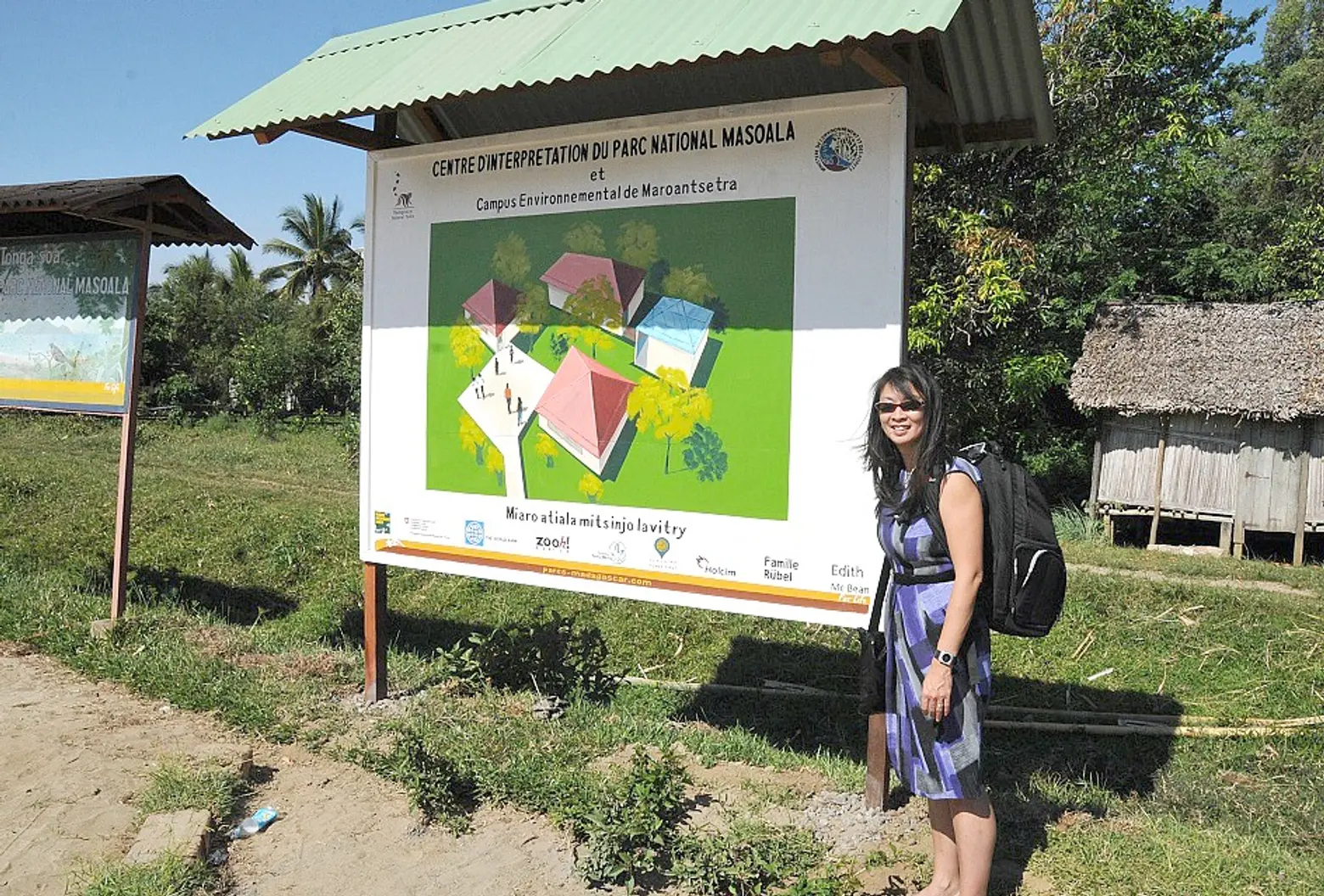 Sue in Madagascar outside the completed interpretation center, courtesy of WCS
Sue in Madagascar outside the completed interpretation center, courtesy of WCS
As the Vice President of Planning & Design and Chief Architect at WCS, what are some of your responsibilities?
Sue: My responsibility is to provide design and construction services for the parks in New York City and globally, as appropriate. This is a different kind of design operation here. What I run is a design office within this organization with various disciplines including graphic designers, fine artists, exhibit developers, architects, and landscape architects.
I also get to design for conservation projects around the world. We just finished an interpretive center (an education center near Masoala National Park) in Madagascar last year. That was an exciting project that was many years in the making. I’m also the chief architect, which is a particularly important role at our current project at the New York Aquarium.
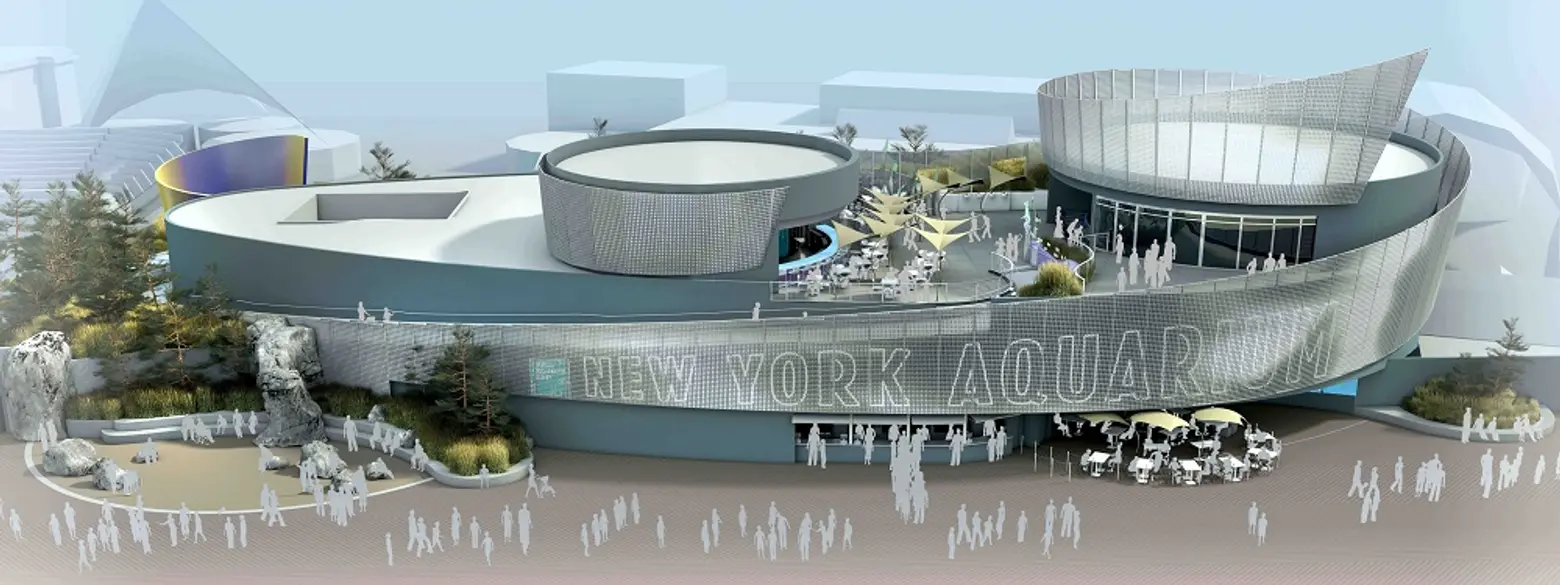 Rendering for Ocean Wonders: Sharks! at WCS’s New York Aquarium (expected opening 2016) © The Portico Group
Rendering for Ocean Wonders: Sharks! at WCS’s New York Aquarium (expected opening 2016) © The Portico Group
Can you share a bit about WCS’s new project at the New York Aquarium?
Sue: It’s a 57,000-square-foot building that is going to be our new Ocean Wonders: Sharks! exhibit. It’s the biggest project we’re working on right now and probably have ever worked on in this organization. The exhibit will be filled with a number of tanks, including one large tank that will hold over 350,000 gallons of water. Of course, it’s going to feature sharks. The exterior of the building is made of 30,000 4″ x 4″ aluminum tiles that will shimmer and reflect light. We have been working with artist Ned Kahn on this. It wraps the building like schooling fish with its silver swirl, and it will move with the wind.
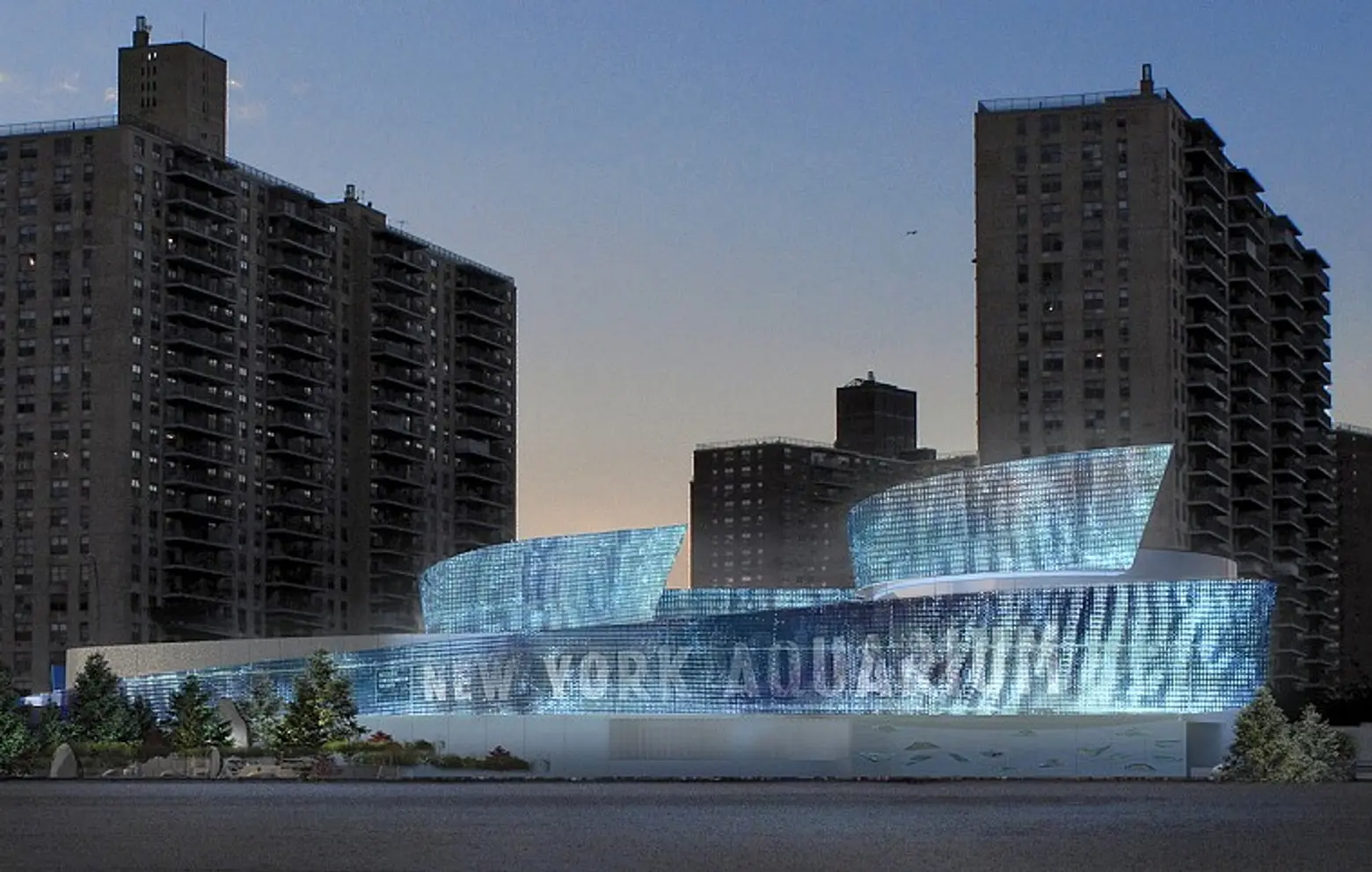 Rendering for Ocean Wonders: Sharks! at WCS’s New York Aquarium (expected opening 2016) © The Portico Group
Rendering for Ocean Wonders: Sharks! at WCS’s New York Aquarium (expected opening 2016) © The Portico Group
What can visitors expect to see at this new exhibit?
Sue: The intent of the exhibit is to really emphasize the water around us. One of our biggest activities right now is tagging sharks in this area to learn about their migration patterns, gather information about them, and learn how to better protect them. We have a huge marine conservation project that operates globally, and this exhibit will be a showcase for a lot of that work.
In addition, we are very active in the New York seascape. I think until Sandy happened, many New Yorkers didn’t think of New York as a maritime city the way people in Boston or Baltimore do, for instance. The Aquarium was pretty badly hit by Sandy. We incurred a lot of damage and are currently in the process of working with FEMA and the City of New York on the restoration process. Our hope is that we are going to be able to rebuild those aspects as well as open our new exhibit.
Ocean Wonders: Sharks! Animation from Wildlife Conservation Society on Vimeo
How do you design for sharks?
Sue: In terms of the clients themselves, the sharks, we have to look at volume of water, the sharks’ swim patterns, and the types of habitats in which they live. We actually have a coral reef exhibit that will have reef sharks, so we want to showcase their natural habitats as accurately as possible. A lot of times people will never scuba dive to see these habitats in person, so we want to be able to recreate the habitat for the animals, but also for the visitors. We have two clients: whatever animal we’re designing for and our visitors, and we have to make designs that can be for both.
When planning for the zoos and aquarium, do you have to learn about each animal and its natural habitat?
Sue: Absolutely. I always do my own research, but we are lucky as an organization to be able to draw on expertise here in animal husbandry and behavior in the wild. I think for the Congo Exhibit up at the Bronx Zoo we had some of our scientists bring us vegetation samples.
Certainly, we also think about our animals’ care staff, who really are the ones who have to use these facilities. We’re very focused on things like adding a kitchen for them to sort fish. It’s a very complex program when you are thinking about all the different clients you serve.
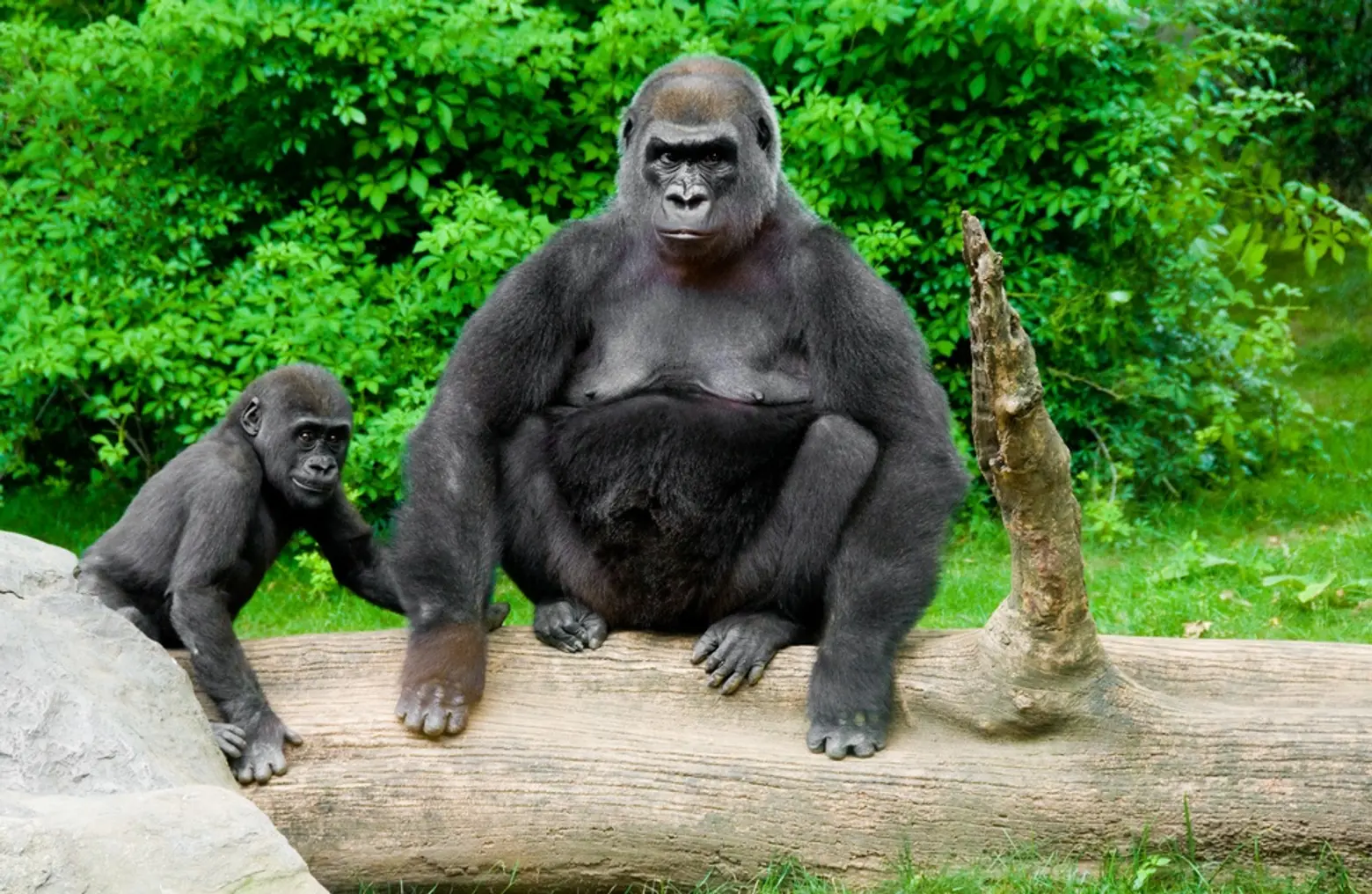
Congo exhibit at the Bronx Zoo joshbousel via photopin cc
What’s it like to see your clients enter their new home?
Sue: The best part of the job is the day they let the animals into their habitats for the first time. You can see how they are using them, and whether they’re using them the way you thought they would. Or they’ll do something where you’re thinking, “Oh no, don’t tear apart that planter.” That’s happened more than a few times.
The other part is seeing visitors go into these exhibits and how they connect with the animals, whether it’s the gorillas at Congo in the Bronx Zoo or the Coral Reef tank at the aquarium. I don’t know how to articulate it, but I know what it feels like. For me, that’s so satisfying to watch people interact that way you had hoped.
WCS has four zoos in New York. What are the differences between them?
Sue: The city zoos are all unique in their own way. We have different audiences in each location, and we’re always thinking about what’s interesting to those audiences. The Central Park Zoo is such a gem, and we have such a wonderful collection there. It’s in the middle of the city, so your audience is a lot of tourists as well as New Yorkers. You go out to the Queens Zoo, and it’s North and South American collections. It’s a beautiful little zoo, so you get a different experience there. There are wonderful animals at the Prospect Park Zoo. The audiences at the Queens Zoo and Prospect Park Zoo are definitely more local.
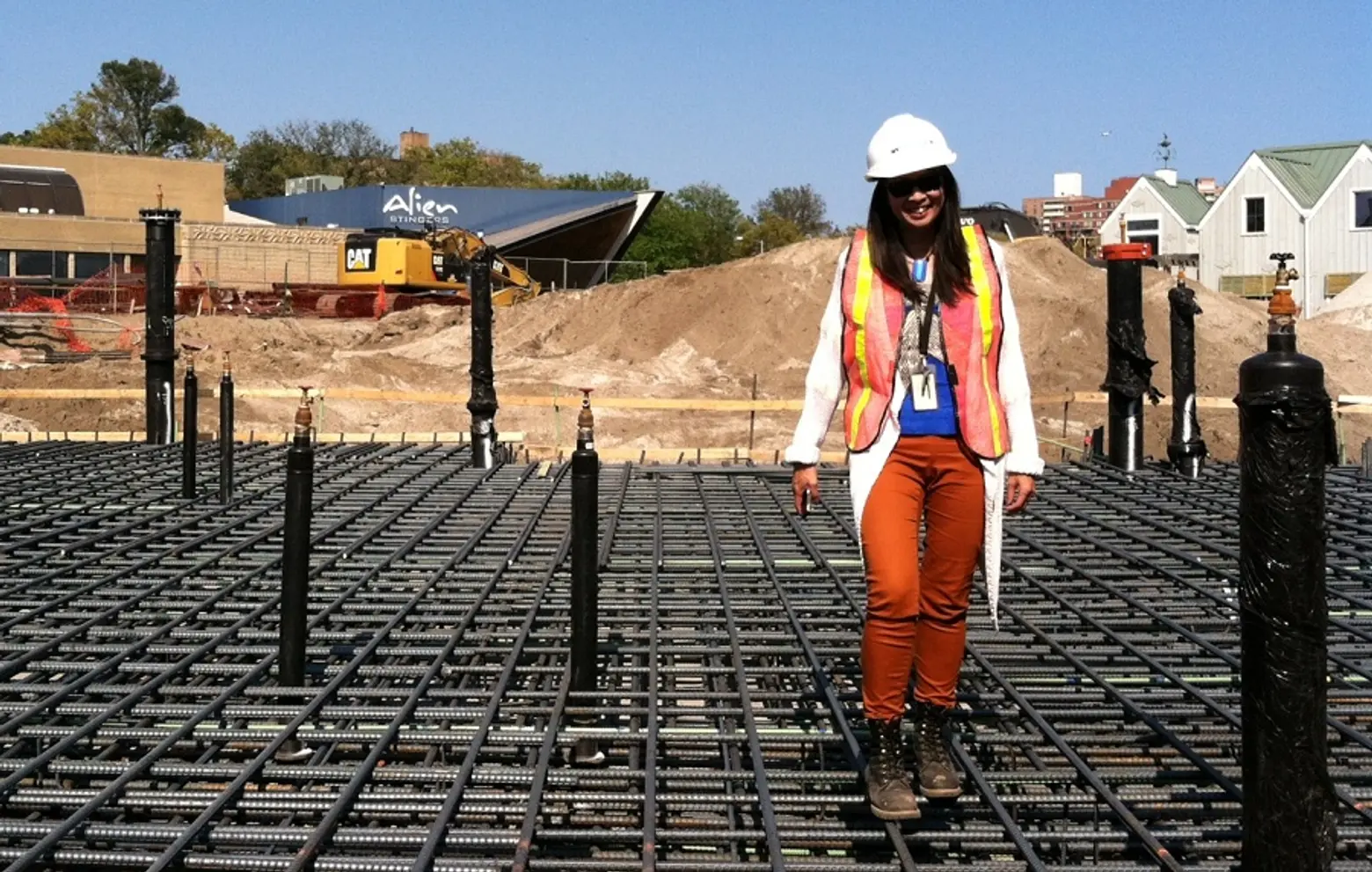 Sue on-site at the Ocean Wonders: Sharks! construction site, courtesy of WCS
Sue on-site at the Ocean Wonders: Sharks! construction site, courtesy of WCS
Does your job offer the chance to participate in WCS’s fieldwork?
Sue: That’s one of the great benefits of working for a global organization. You get to see the work that people are doing, and it’s such a great motivator. You can see the habitats and animals, and it’s inspiring. It makes you want to do more.
What have you learned from planning and designing for Wildlife Conservation Society?
Sue: Architects are trained to design for human beings. That’s how we learn to design at school. I don’t design for just one species. You can’t make any assumptions about that, and I think that’s the biggest lesson I’ve learned. That’s one of the great things about design in general. You should look at everything fresh and new. I like the fact that my work makes me do that.
***
Wildlife Conservation Society
Bronx Zoo
New York Aquarium
Central Park Zoo
Prospect Park Zoo
Queens Zoo
[This interview has been edited]
Lead images © Julie Larsen Maher/WCS
